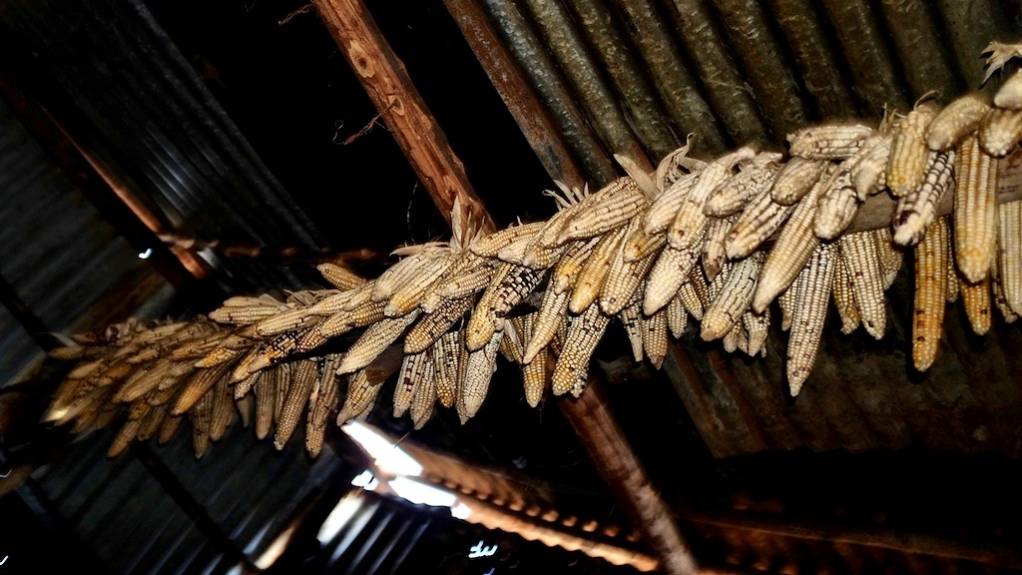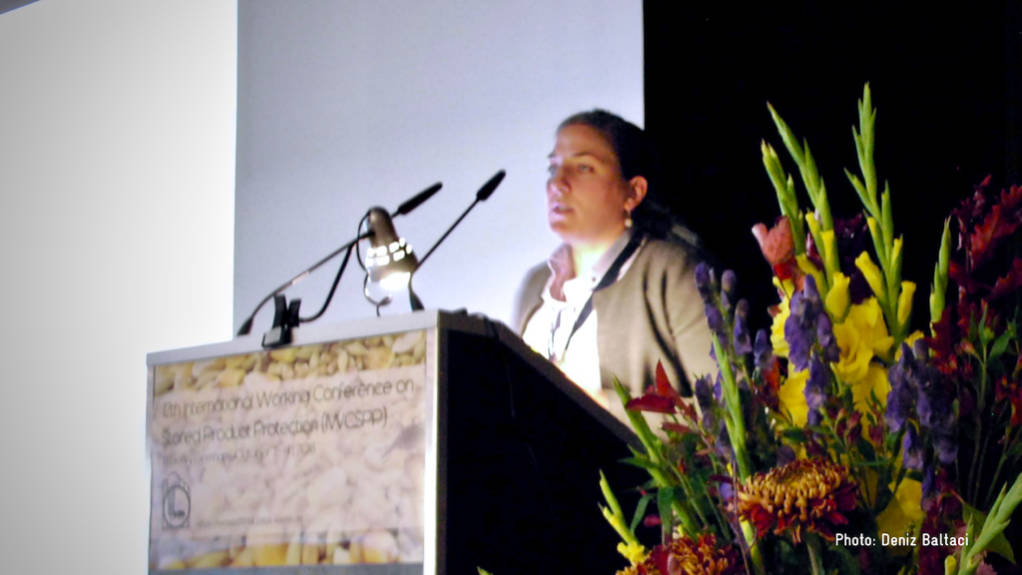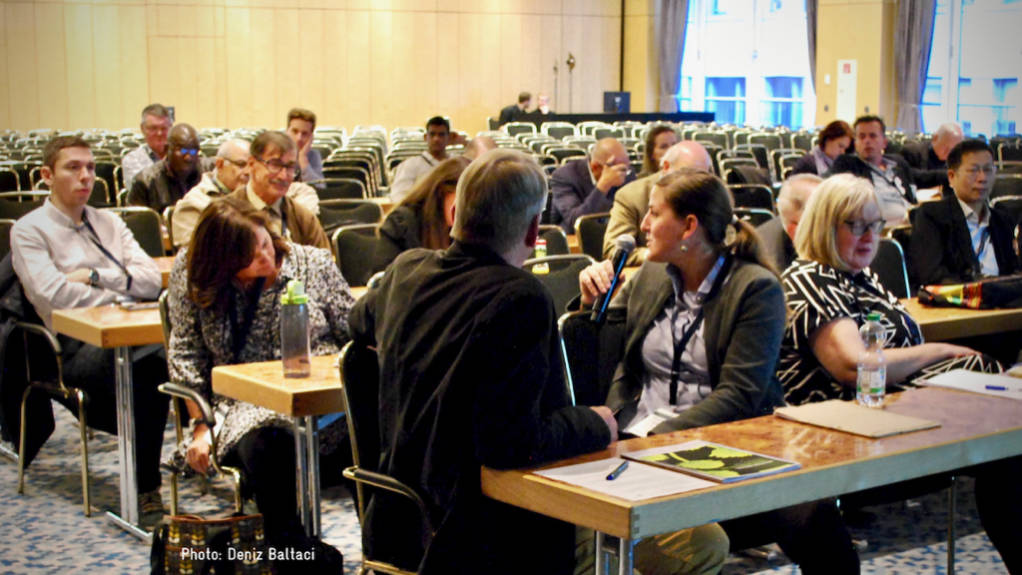Aflatoxin ⏤ How to Improve Dismal Food Safety Issues?
Survey conducted to capture good practices on dealing with mycotoxin contamination

Why are aflatoxins so critically important?
Aflatoxin turns nutritious food into a food safety hazard. It is a type of mycotoxin produced by a specific species of fungus, which can be very toxic and a potent carcinogen. It has been directly correlated to adverse health effects, such as liver cancer. Aflatoxins are largely associated with major agricultural crops such as maize, rice and groundnuts.
In developing countries, more than four billion people are affected by aflatoxins contaminating their food supplies, contributing to up to 40% of diseases, such as malnutrition, liver damage and cancer.
Maize, which is the staple food for Kenyans, is especially susceptible to contamination. Since Kenyans consume around 100kg of maize in a year⏤compared to about 12kg in Europe⏤ there’s an urgent need to look more closely into how to better detect and control aflatoxins. An alternative way to reduce exposure to contaminated crops is, for instance, a general diversification of people’s diets, as the ONE WORLD – No Hunger Initiative Food and Nutrition Security, Enhanced Resilience in Kenya is promoting it in Kenya.

Main survey findings
- Nine projects responded to the survey, eight from Africa and one from Asia.
- Projects in Malawi and Zambia as well as Ghana and Burkina Faso address mycotoxin contamination, working with and along the value chains.
- The four projects in Malawi, Zambia, Ghana and Burkina Faso are actively addressing mycotoxins, all focusing on aflatoxins. Reasons are mostly trade barriers and agricultural productivity and to a lesser extent health risks and national economy.
- Projects in Malawi, Ghana and Burkina Faso deal with aflatoxin contamination during post-harvest handling. Estimates are based on observations, sample testing, partner data, project studies and existing literature. There is no systematic testing applied at all stages.
- In some countries there is little awareness and no regulation; in others there are strategies planned or even awareness training and activities carried out.
- Standards for mycotoxins mainly exist for aflatoxins and thresholds are mostly set for export. If thresholds exist for domestic trade, then the limits are set higher than those for export.
- Three projects conduct awareness training for a number of different target groups such as farmers, traders, storage operators, private sector companies, students and women of reproductive age. Training of trainers is also part of such approaches. Training focuses on crop management, harvesting and post-harvest handling.
- Projects apply different approaches to prevent mycotoxin contamination along the value chains:
- Pre-harvest: Application of Aflasafe, good/best agricultural practices as well as irrigation and minimum tillage.
- Harvest: Timing of harvest, careful handling to reduce damage and the use of tarpaulin, nut in shell.
- Post-harvest: Drying (solar dryer, solar bubble dryer), control of humidity and storage in a dry place.
- Processing: Sorting for damaged and moldy seeds, in Zambia sorting by photo-sensors.
GIZ already has broad expertise on various approaches for the prevention of mycotoxin contamination along value chains. Before harvesting, good agricultural practices, as well as irrigation and minimum tillage can reduce contamination.
The timing of the harvest is also crucial. Post-harvest drying, storage in a dry place and control of humidity is another step to avoid aflatoxins. In Zambia sorting of agricultural produce is even done through photo-sensors.
There is no gold standard yet, but a lot of engagement that shows that when certain practices are used, the infestation rates can be reduced substantially.

Eight African and one Asian country participated in the study. The key findings were presented at the 12th International Working Conference on Stored Product Protection (IWCSPP) in Berlin in October 2018.
Karl Moosmann and Ute Rieckmann from GIZ head office organized a workshop at the conference on Mycotoxins in food in Africa -scope, challenges, activities, mitigation options.
Survey organisers
Anna-Vanessa Kullanek, advisor for FNS in Kenya, and Kerstin Hell, GFA/GIZ Togo, conducted the survey among GIZ projects working on issues related to mycotoxin infestation ⏤ all within the frame of the SNRD Africa working group on food and nutrition security.
More information
- The results of this survey will be presented in an upcoming webinar as part of the webinar series “knowledge snacks”.
- General information about the conference: https://iwcspp2018.julius-kuehn.de. The next conference will be in Uganda in 2022.
- The presentation that was given at the conference: https://twitter.com/SecureNutrition/status/1052651138195943430
Contact
The article has been submitted by Anna-Vanessa Kullanek (anna-vanessa.kullanek@giz.de), Advisor for ONE WORLD – No Hunger Initiative Food and Nutrition Security, Enhanced Resilience (FNS) in Kenya. Edits by Prisca Watko and Pascal Corbé

